There is a tool for every use and a use for every tool, maybe multiple uses. That is what we look for when purchasing new tools and equipment for our small-boat fleet. Myerchin’s Sailor’s Tool serves several needs in a small package. Its construction quality is excellent, and it is lightweight and surprisingly affordable.
The P300 Sailor’s Tool Generation 2 was designed for sailors by bluewater sailor John Myerchin, who has designed nautical knives for 38 years. The Sailor’s Tool has aluminum handles on a 440C stainless-steel frame and blade. It weighs 4.5 oz and has an overall length 5″ closed, and 9.25″ with both blade and spike open. The sheepsfoot blade is 2.25″ long and has a liner lock that positively engages the blade to keep it open. The liner lock can also be released one-handed, and there is no spring to snap the blade closed, so accidental injury from closing the blade is minimized. The thumb pin on both sides of the back of the blade is of good size and well placed for smooth one-handed opening. The end of the blade is straight and useful for small work such as cutting whipping twine. The remainder of the blade is serrated and cuts line easily, and the tip shape minimizes accidental puncture of people and gear such as inflatable PFDs and life rafts.
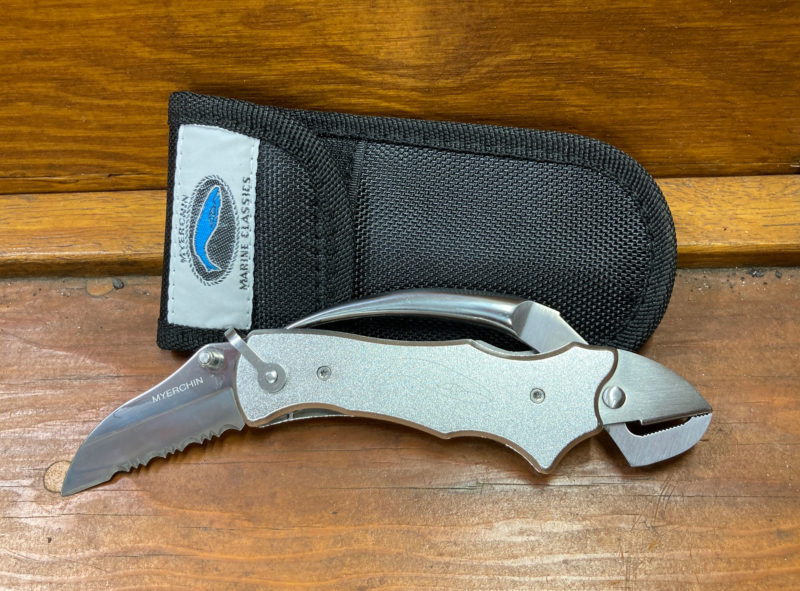 Opening photograph, SBM; all others by the authors
Opening photograph, SBM; all others by the authorsThe marlinespike doubles as the upper handle for the Sailor’s Tool pliers. The spike tip is rounded to keep from piercing skin but still serves well as a marlinespike.
The stainless-steel marlinespike is 3″ long. It also opens and closes one-handed, with the fixed jaw of the pliers becoming a convenient thumb rest when open. The spike is curved and along with the scalloped handle shape, we find this gives a more comfortable and secure angle than a straighter folding marlinespike to work into tight knots. The spike point is smooth but not sharp and will not puncture skin unless excessive force is applied.
The spike serves as a handle for the pliers, which have 1″-long plier jaws and are very handy to tighten and loosen shackle pins, saving the spike from shackle abuse. The pliers are also useful to remove small nuts and bottle caps and when pulling a reluctant sailmaker’s needle through several layers of cloth.
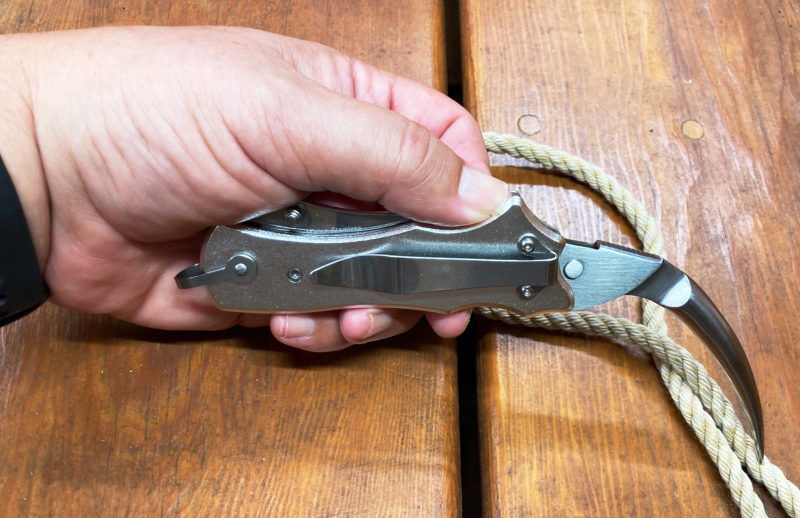
The marlinespike, like the knife blade, has a liner lock to keep it from folding unexpectedly. The belt clip can be removed with a Torx-bit screwdriver.
Both the knife and the spike are designed with spring detents to stay closed when not in use. Scalloped edges along either side of the tool’s body provide a secure, comfortable grip. The body of the tool forms an open slot, making it easy to clean and maintain. There is a removable belt clip on one side and a lanyard bail on one end, good to keep the tool tethered to a boat, PFD, or a person. The Sailor’s Tool comes with a ballistic nylon sheath with Velcro closure that also offers one-handed easy opening.
We are impressed with the Sailor’s Tool but don’t know where to keep it—pocket, PFD, boat, or toolbox? Maybe we need four (or more) considering the size of our small armada and how handy this multipurpose knife is. ![]()
Audrey—aka Skipper—and Kent Lewis are motoring, paddling, rowing, and sailing the Tidewater Region of Virginia in their menagerie of small boats, ranging from an 8′ punt up to Skipper’s 19′ gaff-rigged yawl. Their adventures are logged at www.smallboatrestoration.blogspot.com.
The P300 Sailor’s Tool is available in silver, red, or blue from Myerchin for $44.95. Prices vary with other online retailers.
Is there a product that might be useful for boatbuilding, cruising, or shore-side camping that you’d like us to review? Please email your suggestions.


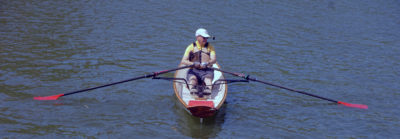



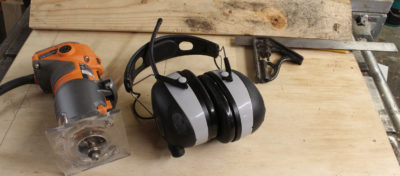

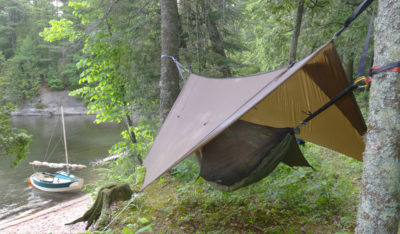

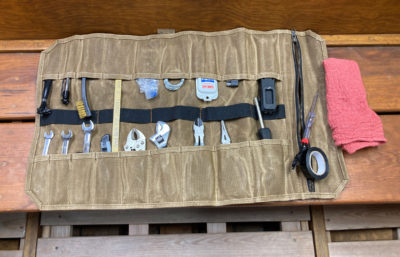

Although it looks perfect, I find the underside of the grip hurts when applying pressure, and the thin curved end of the marlinspike is where I’m trying to press on the blade. The knife is just too thin (though not as bad as the standard flat metal “rigger’s knife”). Liner lock, while common, is scary to use one-handed in the dark (I think it is better done with a button on the side pushing in the liner lock instead). The blade’s deep serrations shred line. The pliers are oddly clumsy, because the handle (composed of the knife body and the open marlinspike) has to be completely shut for the pliers to be completely shut. On most pliers completely shut leaves an inch or two between the handles. So, no, I’m not buying more of them.